(121 products available)



















 Ready to Ship
Ready to Ship






































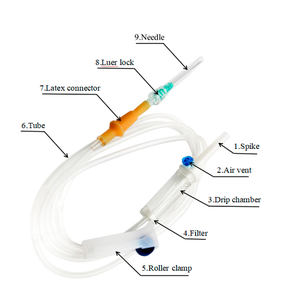

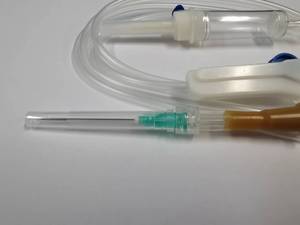
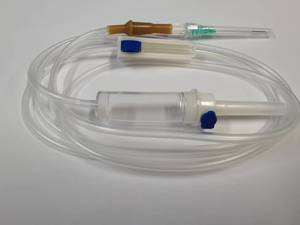
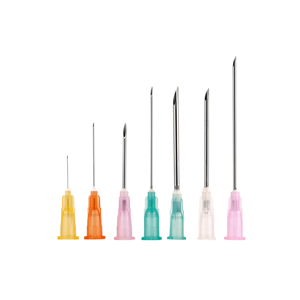



















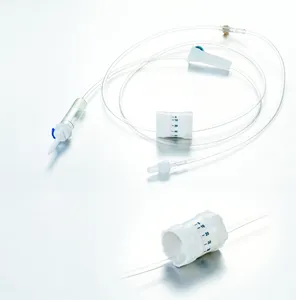















































































































The keyword phlebotomy chair refers to the various types of IV giving sets. The IV set is fluid administration through an IV catheter.
The types are:
Micro drip IV giving sets
Microdrip IV giving sets are one of the main types. The volume control is what sets these giving sets apart. They are suitable for delivering small fluid amounts as required by neonates or children. The micro drip IV set has a drip factor of about 60 gtt/ml. This means that the fluid administration will be more precise than macrodrip sets.
Macro drip IV giving sets
The macrodrip IV giving set is the other main type. These IV giving sets are mostly used where rapid fluid administration is required. Large volumes will need to be delivered quickly. These sets have a drip factor that ranges from 10 to 15 gtt/ml. Therefore, compared to microdrip sets, these macrodrip IV giving sets will deliver fluids faster.
IV giving set with pump
Precise fluid administration is possible with the IV giving set with pumps. These pumps control the fluid flow rate, ensuring accurate fluid delivery according to the required medical parameters. Manual regulating of the flow rate was common earlier. However, IV pumps automatically control fluid delivery by setting the required rate and volume. These pumps are crucial when strict fluid control is necessary, for example, in critical care areas.
IV giving set without pump
IV giving sets without pumps are simple, practical, and efficient in gravity-based fluid administration. This type does not involve complicated procedures or power sources for operation. They can be used anywhere. For example, in emergencies, outpatient areas, and healthcare facilities, the main fluid source for the IV giving set without pumps is usually a fluid bag or reservoir suspended above the patient.
THEIV giving set has several important specifications. These include:
Drip rate
The drip rate will usually depend on the type of IV giving set. The microdripIV giving sets have a drip rate of 60 gtt/ml. On the other hand, macrodrip IV giving sets usually have a drip rate of 10-15 gtt/ml.
Length
Most IV giving sets have varied lengths, which will significantly affect the flexibility of the set when in use. Standard lengths for these sets vary from 150 cm to 300 cm.
Roller clamp
Control over the flow rate can only be done using a roller clamp. Every IV giving set has at least one roller clamp. Some sets will have two roller claps for better flow rate precision.
Spike
Every IV giving set has a spike at the top, which will be inserted into the IV fluid bag. This allows the fluid to flow into the set.
Regular inspections
One of the biggest aspects of maintenance is regular inspection. This helps in identifying wear and tear, damage, or signs of contamination like leaks and clogs. One is advised to check the integrity of the IV tubing, drip chamber, and connectors before using them. In addition, the clamps should also be functional.
Keep giving sets in a clean state
Contamination of IV giving sets will lead to infections. This can be detrimental to the health of patients. One needs to store IV sets in a clean, dry environment, away from direct sunlight. Exposure to direct sunlight will compromise their integrity. Furthermore, always wash hands before handling the IV giving set to reduce contamination.
Use only as per instructions
One should follow the manufacturer's guidelines concerning the use of IV giving sets. This ensures that the set will be used effectively and efficiently. Every giving set has specific instructions on how to use and maintain it. One also has to ensure that the set is replaced at the required intervals for the safety and health of the patients.
Monitor for expiration
IV giving sets will come with an expiry date. One should not use them past this date since the materials will have degraded. This can lead to compromised sterility and functionality. Check the expiry date of the IV set before using it to maintain patient safety.
One must consider several factors when choosing an IV giving set. These factors affect the set's performance and compatibility. These factors are:
Type of IV giving set
The kind of drip is one of the factors that will influence the choice of giving set. Macrodrip IV giving set has a big drip size. This will cause the fluid to flow quickly. On the other hand, the microdrip IV giving set has a low drip rate. It is mainly used when the fluid has to be precise in small amounts. For example, pediatric patients need this set.
IV giving set length
IV giving set lengths are also very important to consider. These factors will determine the accessibility of the IV fluid to the patient. Most IV giving sets will have lengths that vary from 120 to 150 centimeters. Such lengths are good for normal patients. However, longer lengths will be needed for patients who are in the critical condition and need more distance between the fluid bag and the catheter.
Roller clamp
IV giving sets usually have one or two roller clamps. These roller clamps help control the fluid rate of this IV giving set. This ensures that the fluid will be administered to patients at the required rate. This will allow for precision in the IV therapy process.
Drip chamber
Drip chambers in the IV giving set are very important. These chambers allow visual monitoring of the fluid flow in the set. They are essential for preventing air embolism during the administration of IV fluids. Furthermore, IV giving sets with larger drip chambers are more preferable. This is because they have better visibility than smaller drip chambers.
Spike type
The spike type refers to the method used to pierce the IV fluid bag. The two types of spike types are the sharp and the soft ones. The sharp ones are the ones that are usually used in most clinical settings. The ergonomic design of the perforator ensures easy and comfortable work. This is mainly done to reduce the necessary force when inserting the spike into the fluid container.
Fluid and medication administration
The main purpose of an IV set is to administer medications and fluids to patients. This is especially true for those who need hydration. It is also used to deliver nutrients. The key advantage of using IV giving set is that the fluids are directly administered into the bloodstream.
Electrolyte balance correction
Healthcare providers use IV giving sets to correct the electrolyte balance. They do this by administering intravenous fluid therapy. These electrolyte fluids include sodium, potassium, and calcium. They ensure patients maintain the required levels of these electrolytes. Especially patients who have suffered from conditions that lower their electrolytes. Such conditions include vomiting, diarrhea, or kidney disorders.
Blood transfusions
Healthcare systems use IV giving sets to carry out safe and effective blood transfusions. Special IV sets with specific needs, such as larger lumens, are used to ensure the blood flow rate is adequately maintained during the transfusion process. This prevents hemolysis, which is the breakdown of red blood cells.
Rapid fluid resuscitation
IV giving sets are useful for fluid resuscitation in emergencies. For instance, administering intravenous fluids quickly and efficiently to patients in shock or with severe dehydration can save lives. Moreover, IV sets provide a means of administering fluids at controlled rates. This is critical in managing these states and preventing further deterioration of patients' medical conditions.
Continuous medication delivery
Healthcare providers use IV giving sets to administer iv fluids and medications continuously.
Before using an IV giving set, it is important to ensure theset's sterility and integrity. Also check that the IV needle cover is still intact. In addition, check the expiration date printed on the IV giving set. If the IV set is expired, do not use it. IV sets that are past the expiration date are not sterile. Furthermore, they might not work because they will have degraded. Also, wash hands thoroughly with soap and warm water. This will minimize the risk of infection. However, using germicidal alcohol will not replace washing hands.
One should buy three or four sets of IV giving sets every year. This is because most health systems run at high activity levels. Many hospital departments use a number of different IV giving sets. In the end, one should end up with several IV giving sets for each type.
One must always keep the IV giving set in a sterile environment. Store the IV giving set in a cool, dry, and dark place that is free from dust and humidity. Place them in a cabinet, drawer, or enclosed container to protect them from physical damage. Ensure that the temperature will not exceed 70F. This will prevent deterioration of the materials used to make the IV giving set.
No. This is because modern IV giving sets are reliable and, if properly cared for, can last up to one year. However, one should check the manufacturer's guidelines. How often replace the IV giving set will also depend on how often the infusion flow rate has to be changed.